FOBIF has received a few clarifying details from Parks Victoria on the infestations by St John’s Wort and other weeds on Mount Alexander [see our Post]. Essentially they confirm our impression: that weed control programs are intermittent and dependent on unreliable funding [currently limited]. Biological controls on St Johns Wort are only partially effective, and in the recent good spring the weed has become more rampant than ever.
We have written to Coliban Water about their supposed program to control environmental weeds on the Coliban Race reserve, but have had no reply. The reserve is currently infested with a wide range of weeds, including the picturesque but diabolical Patersons Curse, which has been kept under reasonable control by Parks on the eastern side of the Mount. There doesn’t seem to be any co ordination of weed control efforts between the two authorities: a pity, because it means [for example] that any effort by Parks Victoria to control a weed in the park is doomed because of the certainty of re infestation from the adjacent race reserve.

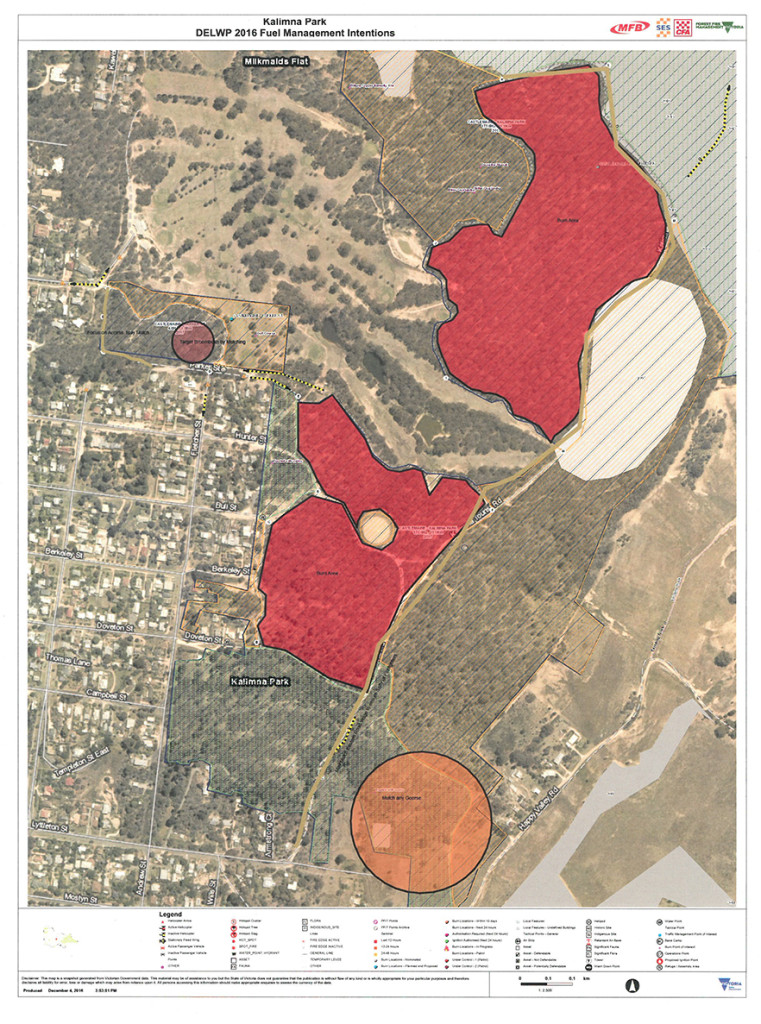
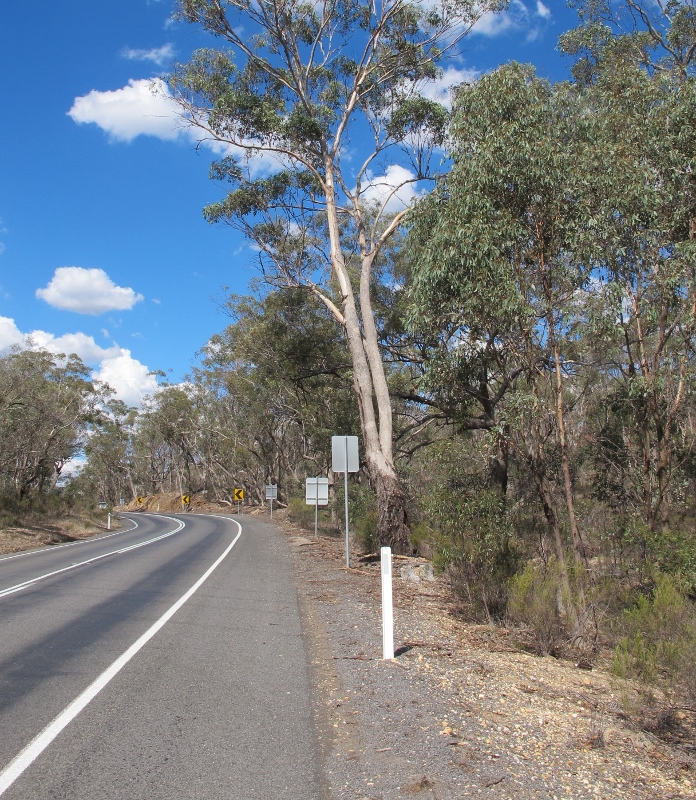
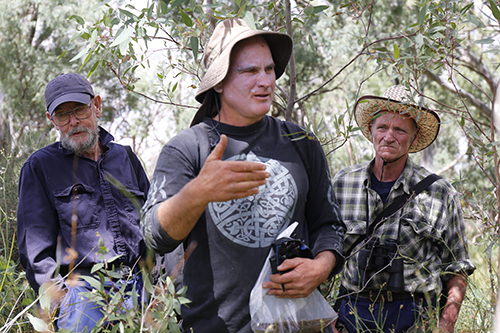
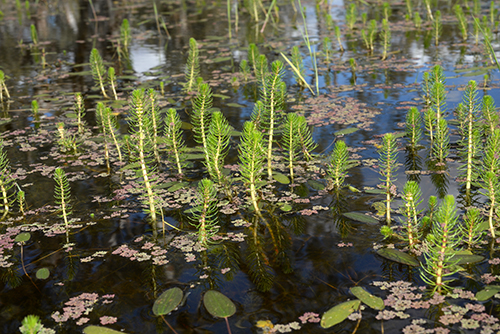
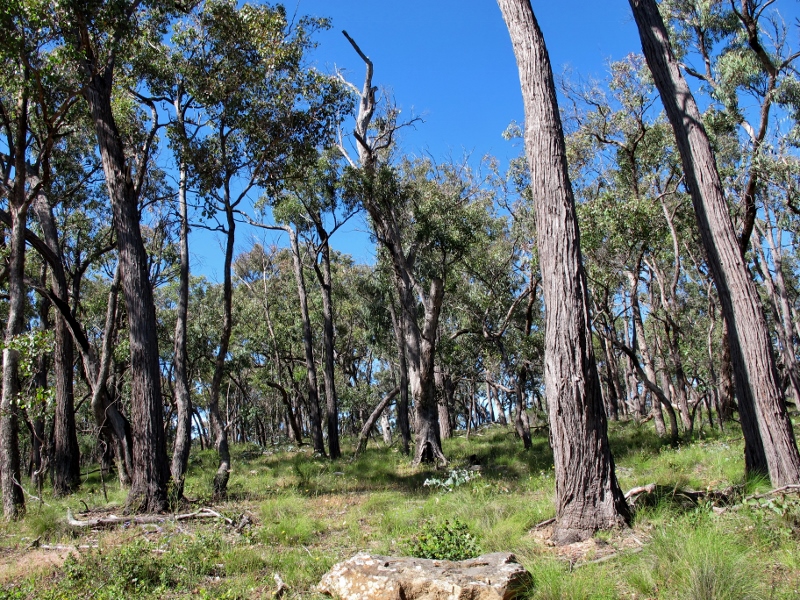
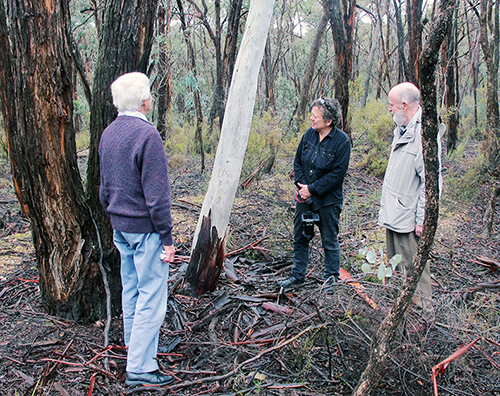



 Click on image for info/order page
Click on image for info/order page Click on image for info/order page
Click on image for info/order page Click on image for info/order page
Click on image for info/order page




















